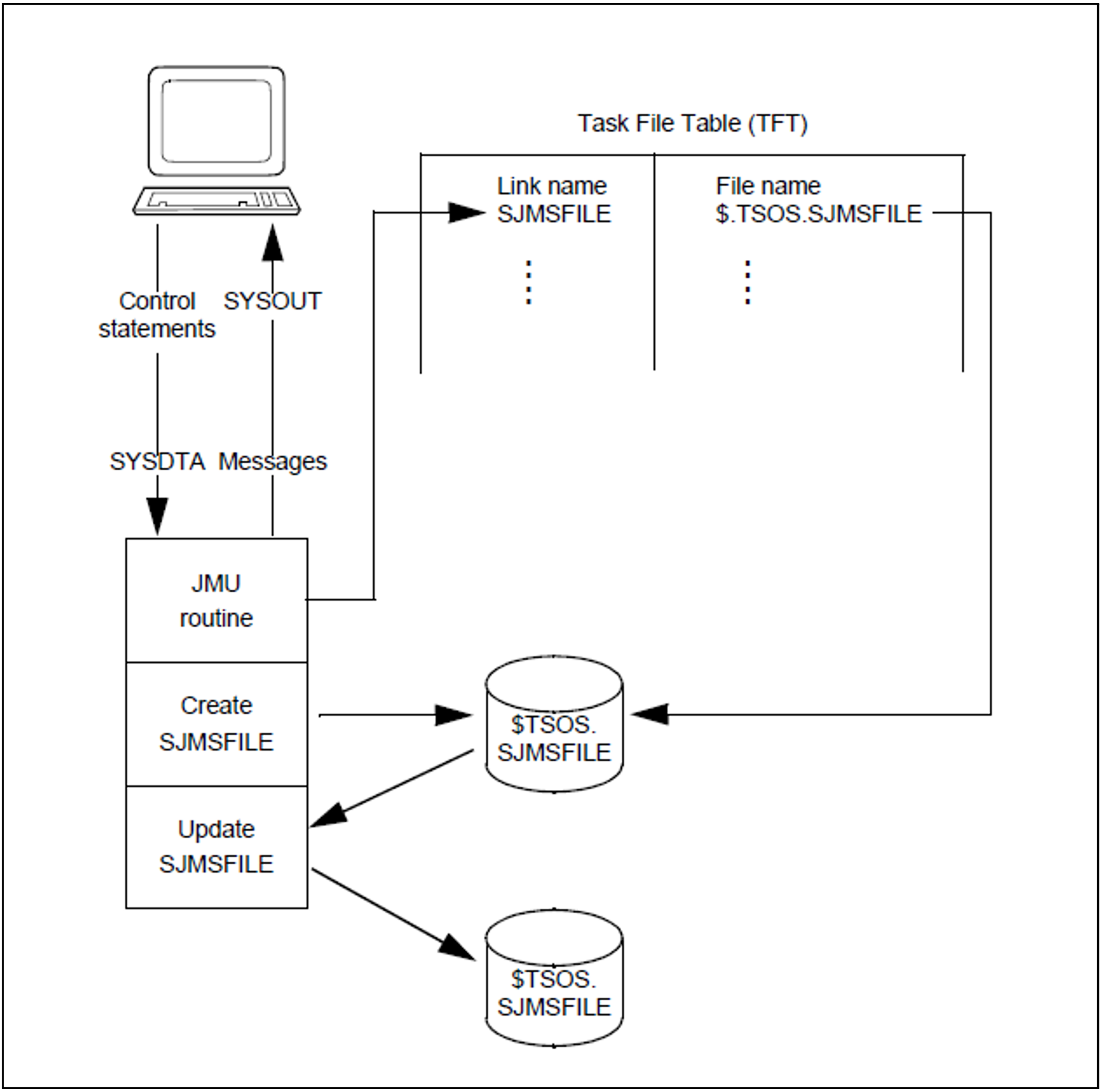The function of job management is to manage jobs until they are started. The job scheduling system, based on job classes, allows an administrative strategy to be defined for the data center in order to classify users and the system load.
Jobs that share certain characteristics are assigned to the same job class. This applies to jobs in both batch and interactive mode. The relevant characteristics are specified by system administration on defining the classes and determine which user IDs are to be served by a given class.
It is also possible to define default classes, intended for users who have not explicitly specified a class.
By setting a limit for each class and defining class priorities, the data center can improve control over access to the system and can achieve an optimum mix of jobs, e.g. shortrunning vs long-running jobs, at any time of day.
By means of job classes it is possible to classify jobs, for example on the basis of CPU time required, so as to favor short-running jobs over long-running ones. It is also possible for system administration to assign privileges to certain users, such as the right to start scheduled or repeat jobs.
A job management utility (JMU) is available for creating and maintaining the file for stream and job class definitions. For a description of job streams, see the “Introduction to System Administration” [5 (Related publications)].

